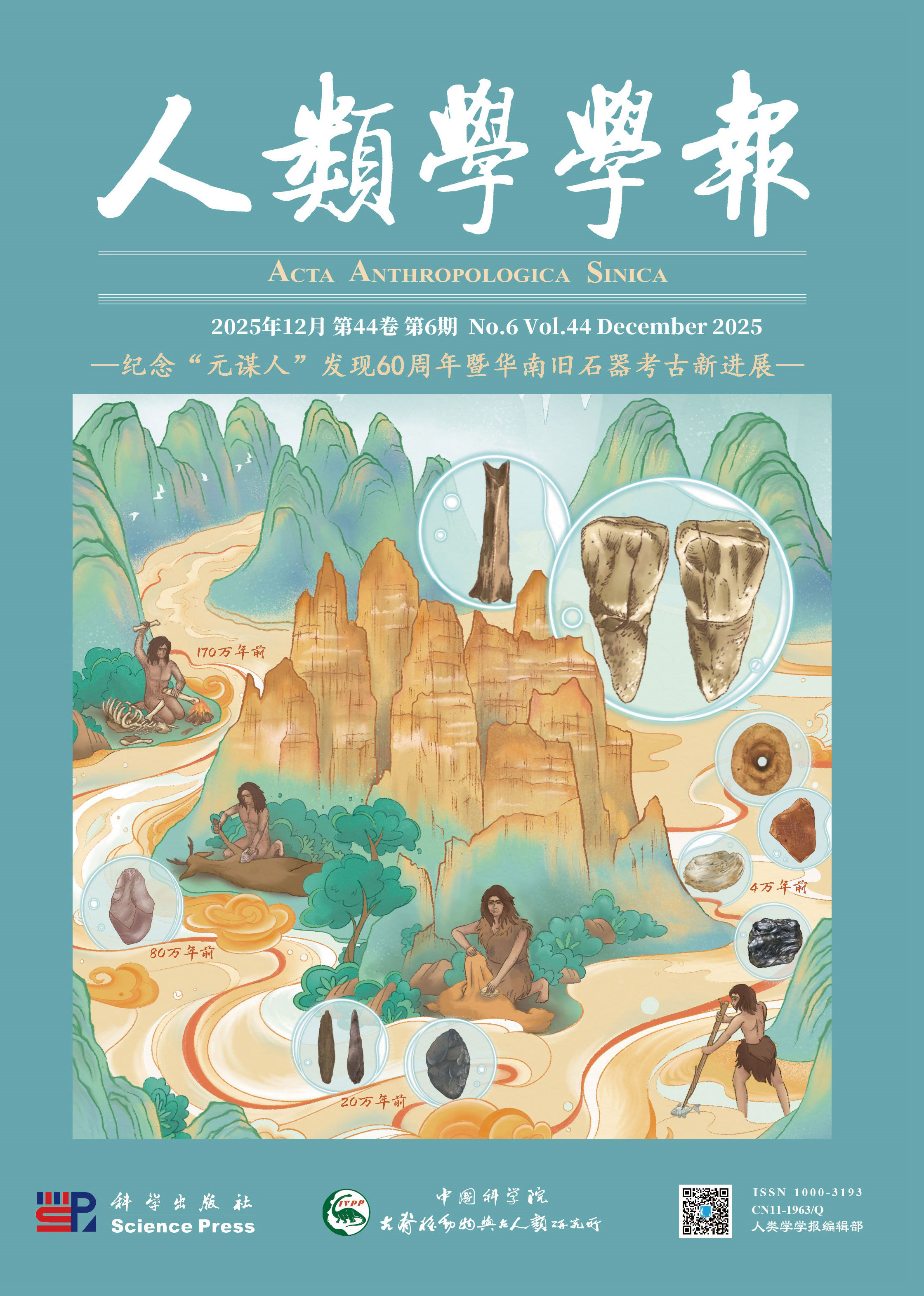A microblade is a flake pressed from a prepared microcore with straight ridges on the dorsal surface, and characterized by parallel sides. The length of the microblade is generally more than twice its width. Study of the function of microblades is an important way to explore the function of Paleolithic and Neolithic sites, livelihood patterns of ancient humans, and migration and dispersal of human populations. Through efforts of scholars in recent decades, research on the function of microblades has achieved some results. It is generally believed that the functional use of microblades is found at the tip and edge, with the object of action to be mainly animal remains, or possible hunting, processing meat, etc. Some microblades were used directly to process plant materials through collecting and harvesting as ancient humans may have used plant resources as a supplement to meat. A few microblades were used for drilling, grooving, or other processing.
In the early 20th century, Nels C. Nelson and other scholars first discovered remains of microblade cores and microblade during scientific investigations on the Mongolian plateau. The spread of this technology in Northeast Asia and North America involves the transformation of livelihood and behavioral patterns of hominins during the Last Glacial Period. After years of exploration, scholars have made a series of researches on source, type, production process and other aspects of microblade technology, but technical research is weak in terms of how ancient humans adapted to the harsh ecological environments of the Last Glacial Period often involving migration and diffusion of people.
Combining studies of relevant literature of microwear and residue analysis, these studies have assessed the origin and spread of microblade technology, determination of site function and modes of adaptation to environmental change of environment, etc. At the same time, there are still problems in this research including sampling and analysis methods, few experiments and research cases, and limitations in usewear and residue research. On this basis, it is suggested that future research on microblade function should be guided by archeological problems, increasing quantitative experimental research including usewear and residue analysis. Further study of microblades in multiple regions should be carried out and interpretations in the context of site background.









